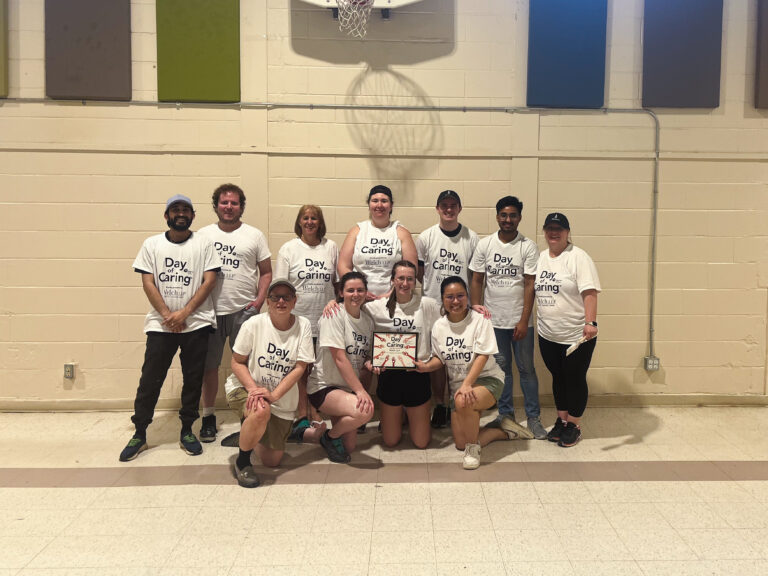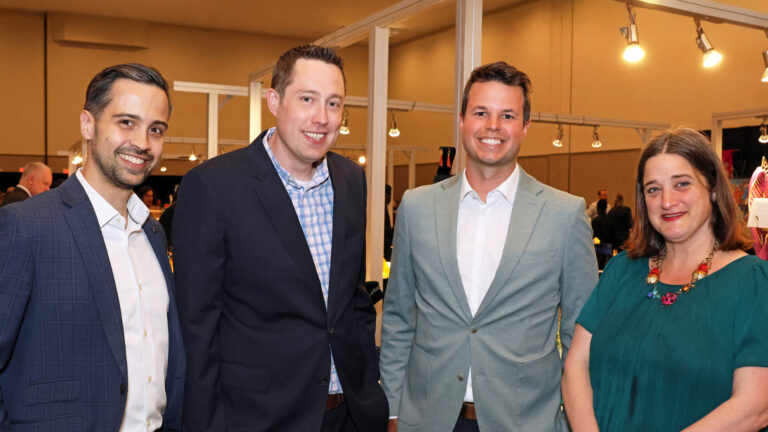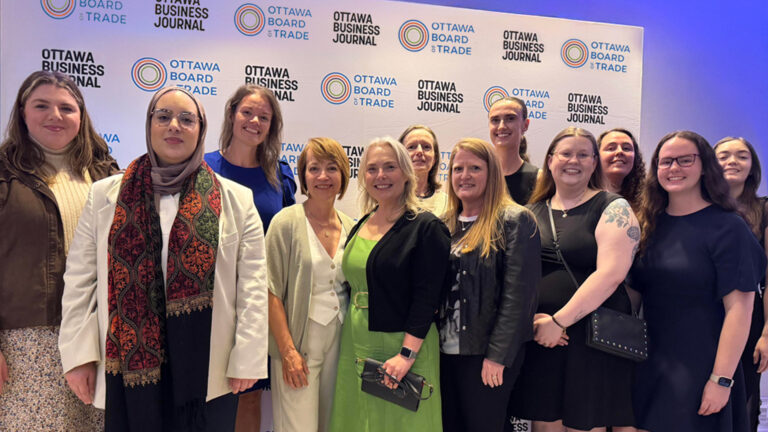Knowledge
Thoughts, opinions and trends – everything, all in one place.
940 result(s)

Welch LLP – Summer 2025
June 27, 2025 – The Welch Times is the Welch LLP quarterly collection of Welch news, publications, and valuable information for business owners. It […]

Global BIO Conference 2025 in Boston
June 26, 2025 – On June 17th, Welch had the honour of joining the Consulate General of Canada in Boston and an expert panel of Canadian firms to present to international biotech companies considering expansion opportunities into Canada.
A Velvet Affair Raises $9,663 for Optimist Club of Cornwall
June 20, 2025 – A Velvet Affair fundraiser brought together local supporters, volunteers, and sponsors to raise an impressive $9,663 in support of the […]

Day of Caring 2025
June 20, 2025 – Welch LLP is proud to have sponsored this year’s United Way Hastings & Prince Edward’s Annual Day of Caring.

The Wabano Gala – a night to remember!
June 20, 2025 – Welch had an incredible time at Wabano’s sold-out Igniting the Spirit Gala! This annual gala brings people together to celebrate National Indigenous People’s Day while raising funds for Wabano’s essential services.

Women, Wit & Wisdom 2025
June 12, 2025 – Welch LLP attends the Women, Wit and Wisdom 2025

Shoreline Cleanup with Ottawa Riverkeeper
June 11, 2025 – On Friday June 6th, 37 staff members at Welch LLP joined Ottawa Riverkeeper for a shoreline cleanup at Strathcona Park.

Birdies For Babies Charity Golf Tournament 2025
June 09, 2025 – We hit the greens and had a blast! Brad Forsyth, Bruce Raganold, Ross Morgan, and Bryan Haralovich spent the day […]

A Royal Day at the Royal Open
June 02, 2025 – What a great day at the 34th Royal Open! The Royal Open Golf Tournament is one of Ottawa’s premier annual […]

Welch LLP Business Growth Survey 2025
May 29, 2025 – The Welch LLP Business Growth Survey has become an important part of the business year for our local economy. We look forward each year to interpreting the perceptions of business and community leaders and turning that into information we can engage our clients with.

Trust 21-Year Anniversary Planning and Wind-up Considerations
May 13, 2025 – Trusts are widely used in tax planning for a variety of reasons, including their flexibility in managing and distributing assets, their ability to facilitate intergenerational wealth transfers, and their role in tax deferral and minimization strategies.

Ontario Increases Support for Manufacturers with Enhanced Ontario Made Manufacturing Investment Tax Credit
May 06, 2025 – As part of the upcoming 2025 Ontario budget, proposed changes would increase the OMMITC from a 10% to a 15% refundable tax credit for CCPCs, as well as expanding eligibility to non-Canadian-controlled private corporations as a non-refundable tax credit, designed to support and encourage their investments in Ontario.
Are You Ready To Talk To A Specialist?
Get in touch, tell us your needs and we’ll assign an industry specialist to your organization.